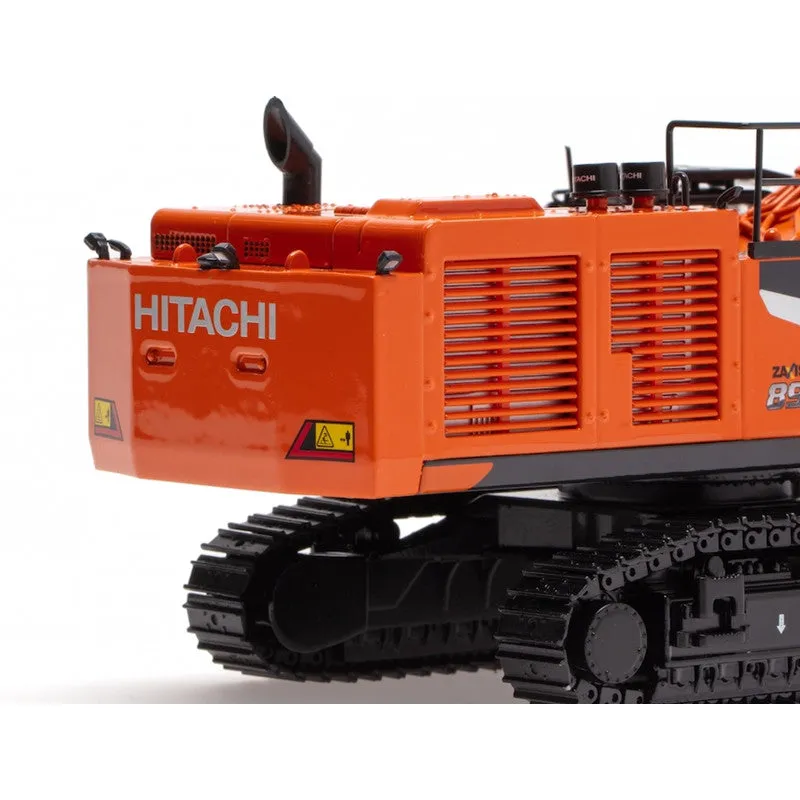Hitachi Excavator Models Top 5 Features
Hitachi diecast model excavators are highly sought after by collectors and enthusiasts alike, offering a miniature glimpse into the world of heavy machinery. These models are prized for their intricate detail, realistic features, and the craftsmanship involved in their creation. Whether you’re a seasoned collector or a curious newcomer, understanding the key features of these models is essential. From the materials used to the functionality they offer, several aspects contribute to the appeal and value of these miniature marvels. This article delves into the top 5 features that make Hitachi diecast model excavators stand out, exploring what makes them so captivating and why they continue to be a favorite among collectors worldwide. The level of detail and realism in these models is truly impressive, making them a standout in the world of collectibles.
Detailed Design and Authenticity
One of the most significant features of Hitachi diecast model excavators is their remarkable level of detail and authenticity. These models are meticulously crafted to replicate the design of their full-size counterparts. The manufacturers pay close attention to every aspect of the excavator, from the overall shape and proportions to the finer details such as the placement of rivets, decals, and even the texture of the surfaces. The goal is to create a miniature version that closely mirrors the real-world machine, capturing its essence and personality. This attention to detail is a major factor in the appeal of these models, as it allows collectors and enthusiasts to appreciate the engineering and design of the excavators in a tangible way. The accurate replication of the original design makes the model more attractive for display and collection, enhancing their value.
Scale and Accuracy
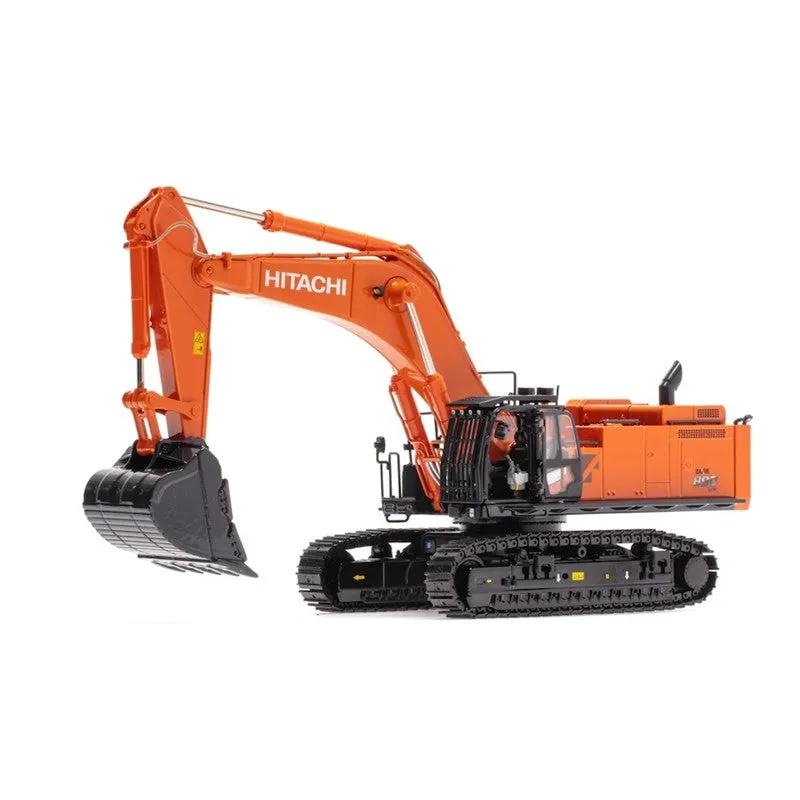
The scale accuracy of Hitachi diecast models is another crucial aspect of their detailed design. These models are typically produced in various scales, with the most common being 1:50 and 1:40. These scales allow for a balance between size and detail, providing a realistic representation of the excavator without being overly large or cumbersome. The use of accurate scales ensures that all the features and components are proportionally correct, further enhancing the overall authenticity of the model. This meticulous attention to scale also allows collectors to build collections that are consistent in size, allowing for easy comparison and display. For example, a 1:50 scale model offers a good balance between detail and size, making the model a valuable addition to any collection and suitable for display purposes, while maintaining the realism of the original excavator.
Material and Construction
The materials and construction quality are fundamental to the durability and realism of Hitachi diecast model excavators. High-quality models use a combination of materials, with diecast metal being the most prominent. This gives the model weight, a premium feel, and contributes to its long-term durability. Diecast metal is used for the chassis, boom, and other structural components. The use of diecast metal also allows for intricate detailing that would be difficult to achieve with other materials. The construction process often involves multiple stages, from die-casting the metal parts to assembling the components and applying paint and decals. This meticulous process ensures that the model is not only visually appealing but also structurally sound and capable of withstanding handling and display over time. Proper construction using quality materials is essential for creating a long-lasting model.
Diecast Metal Components
Diecast metal is the primary material used in constructing many parts of Hitachi excavator models. Diecast metal, typically a zinc alloy, is ideal for its strength, weight, and ability to capture fine details. The process involves injecting molten metal into molds, creating precise shapes and contours. This method allows manufacturers to replicate the complex designs of the excavator with remarkable accuracy. The use of diecast metal not only enhances the model’s realism but also provides a solid and substantial feel. Parts made of diecast metal include the chassis, boom, and other structural elements. This gives the model durability and a premium feel that collectors appreciate. This is a key factor to ensure that the model feels solid and will last over the years.
Plastic Components and Detailing
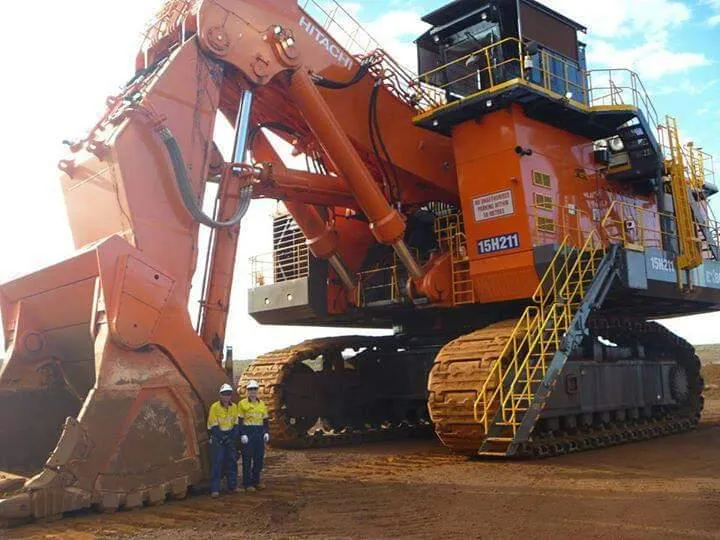
While diecast metal provides the main structure, plastic components are also essential in Hitachi excavator models. Plastic is used for smaller, more intricate parts that benefit from its flexibility and the ability to mold fine details. These include elements like the cab, mirrors, lights, and various other details. The use of plastic allows manufacturers to achieve a high level of detail, particularly in the cab and other areas that require intricate shapes and textures. High-quality plastics are durable and can withstand wear and tear. The combination of diecast metal and plastic creates a model that is both robust and highly detailed, capturing the essence of the real Hitachi excavator. This balance of materials is a key factor in achieving a realistic and appealing model.
Functionality and Movability
Another standout feature of Hitachi diecast model excavators is their functionality and movability. These models are not static display pieces; they often incorporate a range of moving parts that mimic the operations of a real excavator. This adds to the play value and realism of the models, making them more engaging and enjoyable. The ability to pose the model in different positions and simulate various digging and lifting actions adds an extra dimension of realism. The functionality of the model increases its appeal, allowing enthusiasts to interact with the model in a more dynamic way, and it is a major factor in attracting collectors. The ability to simulate operational tasks helps enhance the experience, making them more than static displays.
Posable Parts and Realistic Movements
Hitachi diecast model excavators are designed with posable parts that allow for realistic movements, enhancing their playability and appeal. The boom, arm, and bucket are typically articulated, allowing them to move in a way that mimics the movements of a real excavator. These parts are connected by hinges and joints that allow for a wide range of motion. The tracks or wheels of the model can also be designed to move, allowing the model to be positioned in various settings. This attention to movement is crucial for creating a realistic and engaging model. The ability to pose the model adds significant value and increases its collectibility. Such features allow for a dynamic display and realistic simulation of the excavator’s functions, enhancing the overall experience for collectors and enthusiasts.
Operational Features
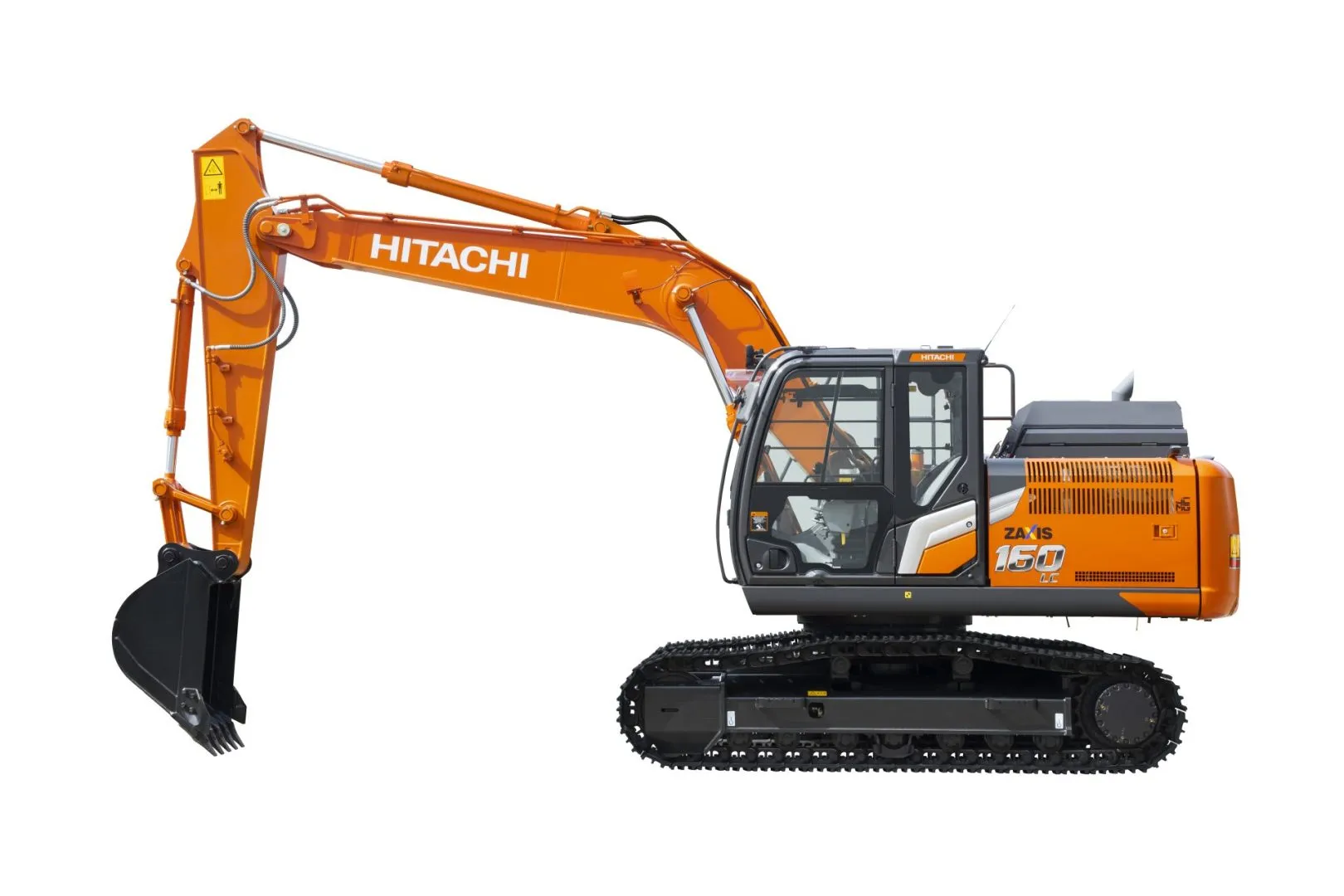
Many Hitachi diecast excavator models include operational features that further enhance their realism and playability. These can include features like a rotating cab, which allows the operator’s cabin to swivel, or hydraulic cylinders that raise and lower the boom. Some models even include working lights or sound effects that simulate the sounds of a real excavator. These operational features add another layer of realism, making the models more engaging and fun to play with. Operational features increase the model’s value, especially to collectors and enthusiasts who seek a high degree of realism. These features can include a rotating cab, hydraulic cylinders, and sound effects, all of which contribute to a more immersive and enjoyable experience.
Collectibility and Rarity
Hitachi diecast excavator models are prized not only for their detail and functionality but also for their collectibility and rarity. Some models are produced in limited quantities, making them highly sought-after by collectors. The limited availability can significantly increase the value of these models, making them a good investment for collectors. Limited editions often feature unique paint schemes, special markings, or additional details that set them apart from standard models. Special releases are another factor that influences collectibility, with exclusive models produced for specific events or dealerships. The rarity and collectibility of these models add an exciting element to the hobby, encouraging enthusiasts to seek out rare and unique pieces. This aspect often increases the model’s value, making them highly desirable among collectors. The limited production runs and special editions contribute to the overall appeal and value of these models.
Limited Editions and Special Releases
Limited editions and special releases are a significant factor in the collectibility of Hitachi diecast excavator models. Manufacturers often produce limited runs of specific models, sometimes with unique features or paint schemes, making them highly desirable. These limited editions can be released to celebrate milestones or as exclusive items for collectors. Special releases may also be produced in collaboration with specific dealerships or for special events. These models often feature unique details, such as special markings or custom packaging, further enhancing their appeal. Owning a limited edition model offers a sense of exclusivity and pride for collectors. Such models are often produced in smaller numbers, increasing their rarity and value. This aspect drives interest and adds value to a collection.
Factors Influencing Value
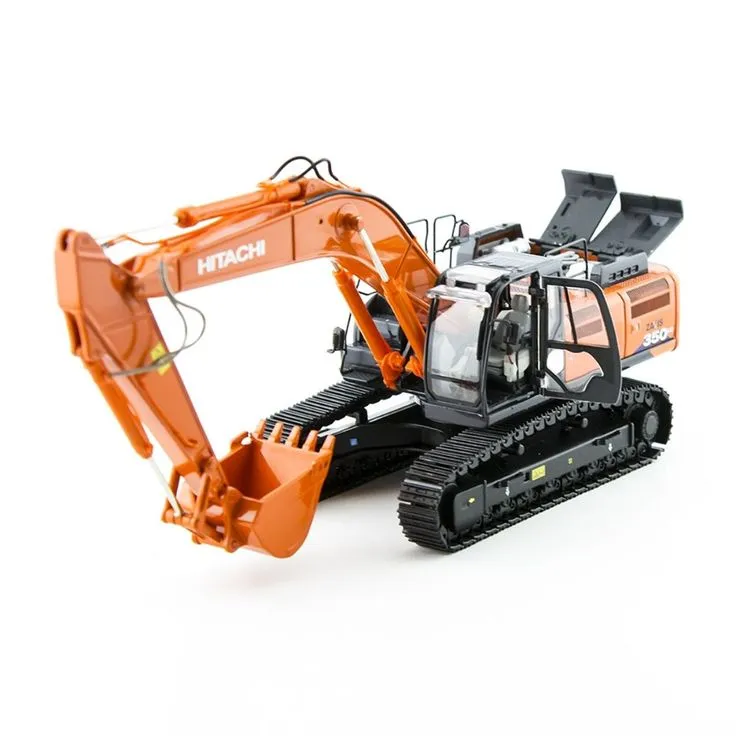
Several factors influence the value of Hitachi diecast excavator models. Rarity is a significant determinant, with limited editions and special releases commanding higher prices. Condition is also important; models in pristine condition are more valuable than those with damage or wear. The original packaging, including the box and any accompanying documentation, can also add to the value, as it demonstrates the care and provenance of the model. Popularity of the specific model and the manufacturer also affects value, with certain models and brands being more desirable than others. The presence of rare features, such as unique paint schemes or detailed accessories, can also influence value. These factors contribute to the overall appeal and desirability of the model, making it a sought-after item for collectors.
Educational and Display Value
Hitachi diecast excavator models provide both educational and display value for collectors. These models serve as a valuable learning tool for those interested in construction equipment and engineering. Displaying these models allows enthusiasts to showcase their passion for heavy machinery and construction, serving as a conversation starter and a source of pride. The detail and accuracy of the models also make them suitable for educational purposes, providing insights into the design and functionality of real-world excavators. Collecting and displaying these models contributes to the preservation of the history and evolution of construction equipment. These models offer an opportunity to learn and appreciate the engineering behind these machines.
Learning About Real Excavators
Hitachi diecast excavator models can serve as excellent educational tools for those interested in learning about construction equipment. The detailed design and functionality of these models provide insights into the engineering and mechanics of real excavators. Studying the models can teach enthusiasts about the various components and how they work together. Collectors can learn about the different types of excavators, their uses, and the innovations that have shaped their design over time. This can include understanding the hydraulic systems, the different types of tracks or wheels, and the various attachments used for different tasks. This educational aspect makes these models a valuable resource for anyone interested in construction machinery. The models provide a hands-on learning experience that can enhance understanding and appreciation of the engineering aspects.
Display and Presentation
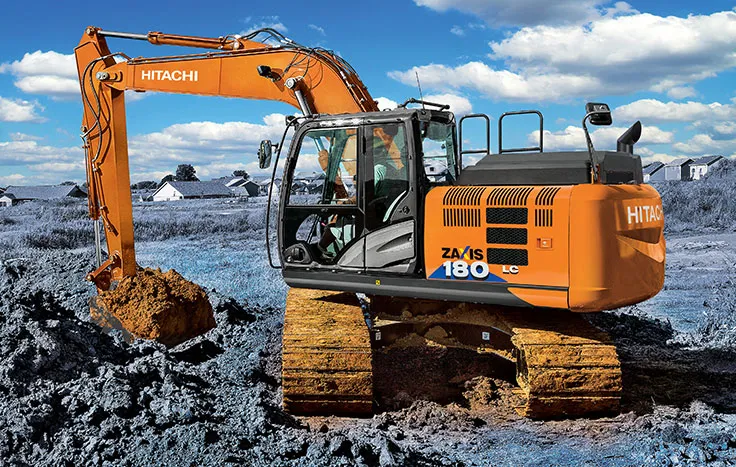
Displaying Hitachi diecast excavator models allows collectors to showcase their passion and appreciation for these machines. The models can be displayed in various ways, from individual showcases to elaborate dioramas that recreate construction sites. Proper display can enhance the visual appeal of the models and create a focal point in a home or office. The display can be customized to fit the collector’s style and preferences. Displaying these models not only adds visual interest but also creates a sense of pride and accomplishment. Consider using display cases, shelves, or even creating a diorama to showcase the models. The presentation can enhance the aesthetic value and overall enjoyment of the collection, providing a visually appealing display of the passion for collecting.
